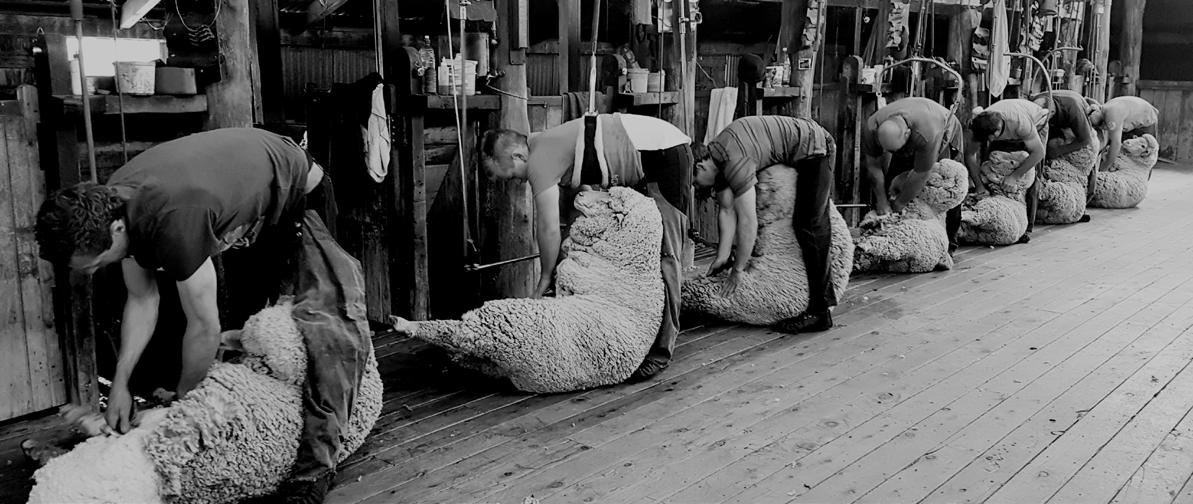
2 minute read
Combination vs rotation: the big question in lice management
Combination vs rotation: the big question in lice management While combination drenches for worm control are widely accepted by sheep producers, there has not been a dual action product for lice control – until now. Fennec, Australia’s first combination lice treatment, also offers 5-weeks protection from reinfestation*.
Advertisement
Fennec’s dual active ingredients – imidacloprid and abamectin, have given producers a new weapon in the war against lice, which costs the industry $120 million a year.
Dr Yan Laurenson, senior research fellow with the School of Environmental and Rural Science at the University of New England, said using a double active was “the responsible thing to do”.
Dr Laurenson, whose research areas include parasite drug resistance, said the chances of lice developing resistance to two actives given at the same time was “very, very small”.
“This is a step beyond using a traditional rotation, which may inadvertently allow resistance to build,” Dr Laurenson said. “With lice, the goal is complete eradication. Any lice that may be resistant to the first active will be killed by the second active.”
Boehringer Ingelheim’s cattle and sheep technical manager, Dr Gareth Kelly, said the efficacy of Fennec’s dual action would resonate with sheep producers looking for a simple and easy to use treatment to eradicate lice and prevent wool cut losses.
“The combination offers sheep producers a solution to safeguard their flock from lice and most importantly preserve the efficacy of current actives for much longer,” Dr Kelly said. “History has shown that sheep lice are highly capable of developing resistance to single active lousicides. The use of a dual action product can decrease the chance of resistance building up.” “Imidacloprid and abamectin both cause paralysis of the lice but studies have shown that the actives act in different ways, so, Fennec offers a two-pronged attack against lice.
“In addition, the actives do not have a common resistance pathway. This is important, as it is less likely that lice will develop resistance to either actives when used together than to one of them alone, which in turn can slow the onset of resistance on a farm.”
Dr Kelly said effective lice control was not just an economic consideration for the producer, but also a big issue for the industry. If left unchecked, sheep lice infestations can cause reductions in wool cut of up to 1 kilogram per head. They downgrade wool quality by reducing yield and increasing the amount of wool placed in inferior lines because of un-scourable colour and cotting.
Fennec is quick acting and long lasting. Sheep are protected from reinfestation for five weeks after application, when applied within 24 hours of shearing. “While the science behind Fennec is more complex, it is just as simple and easy to use as traditional pourons, but its dual active ingredients pack a much bigger punch,” Dr Kelly said.
To find out more about Fennec Pour-On, head to www.fennecpouron. com.au or visit your local Elders branch.
1. Lice in sheep - Victorian Farmers Federation www.vff.org.au › Factsheet_Livestock_LiceinsheepV2 2. http://www.liceboss.com.au/sheep-goats/about-lice.php










